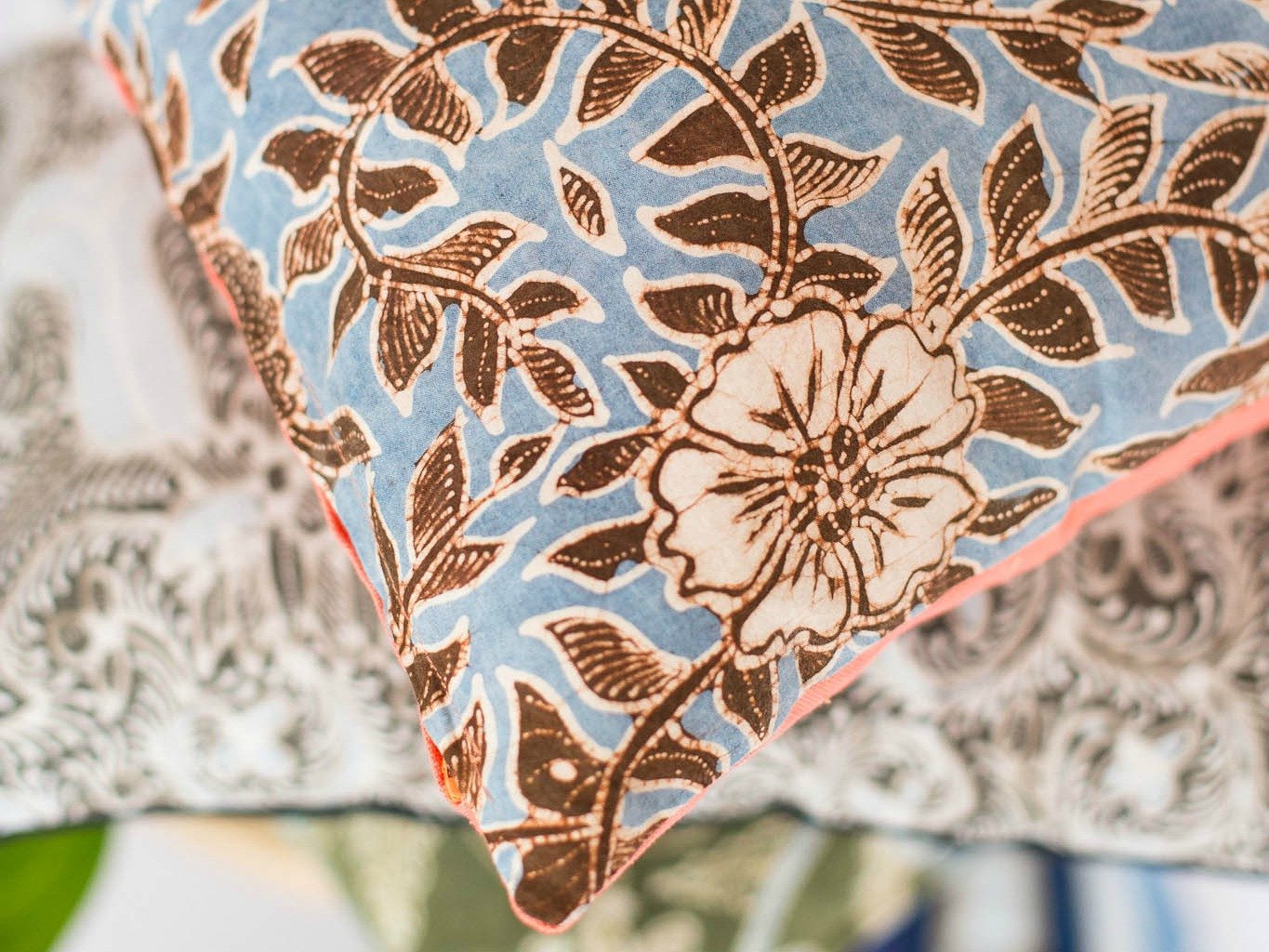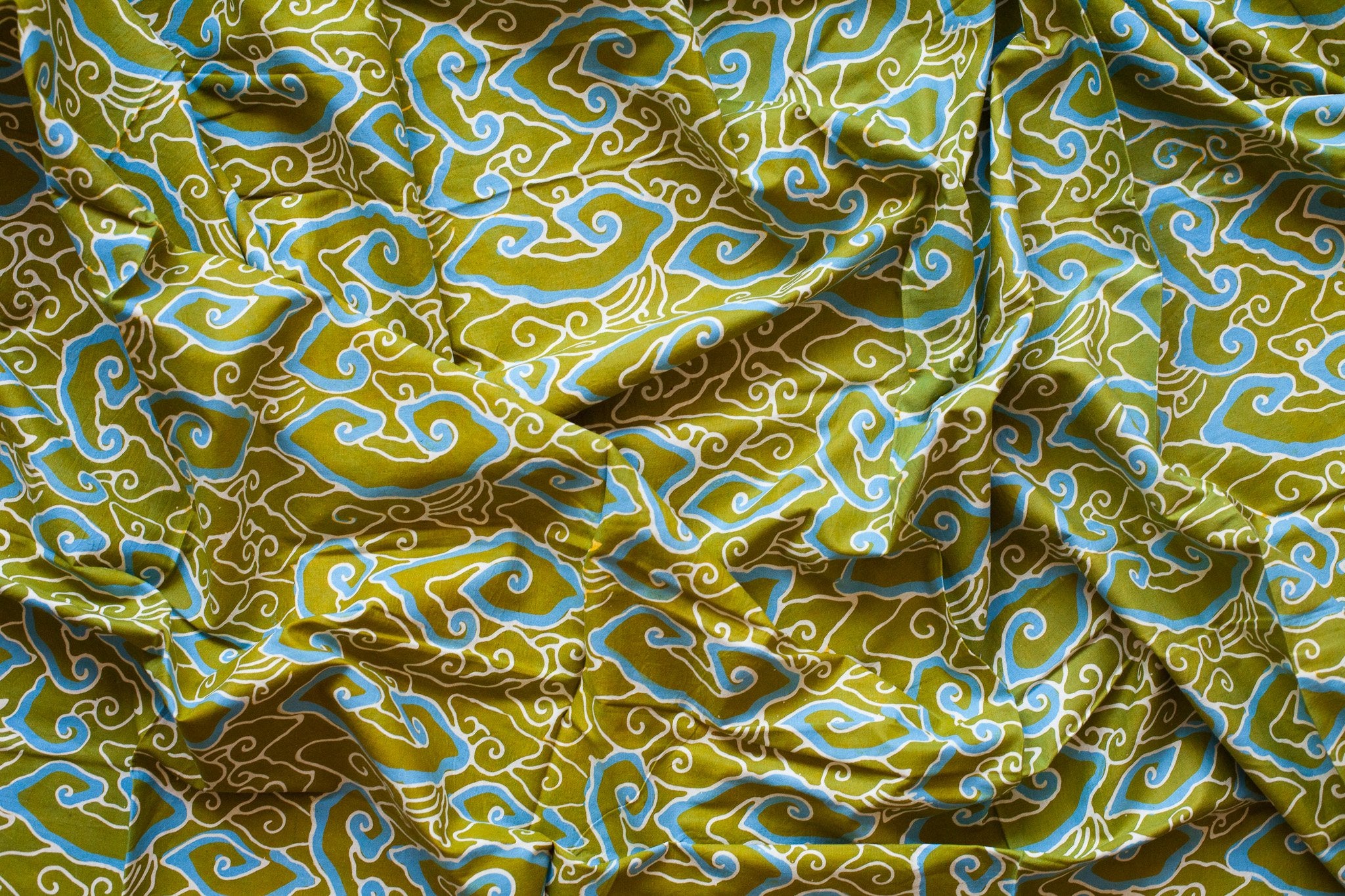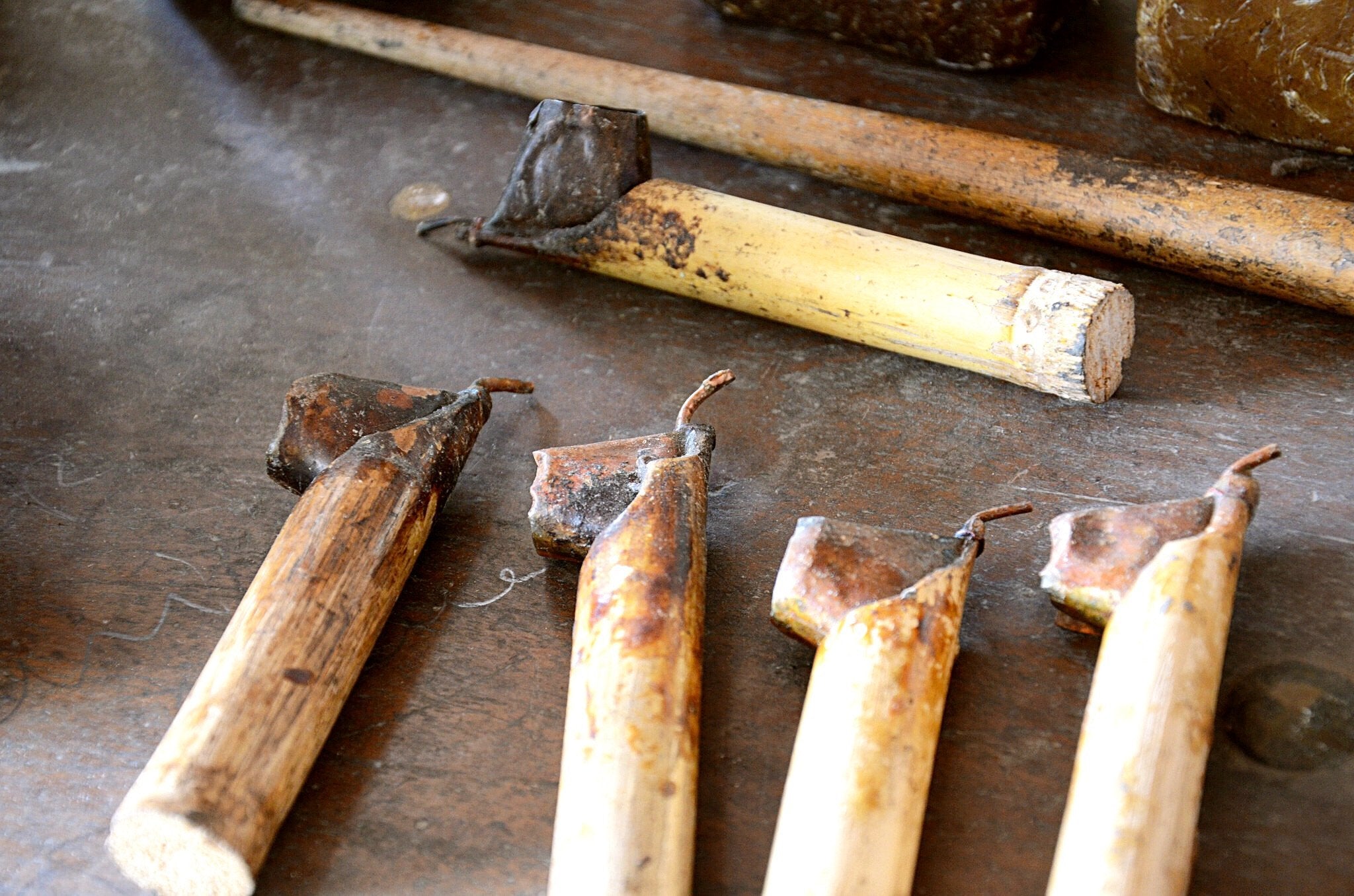Updated 8 May 2020

Owning a Batik cloth is precious treasure. While it may be a delicate piece of textile, with some good care practices you can prolong the life of your batik for many years to come. Here are our top tips for how to care for your batik products.
1. Cold rinse with gentle soap
The best way to clean it is by giving it a cold hand rinse. Use a gentle soap like baby or olive oil shampoo as it will react minimally with the dyes. Nevertheless remember to watch for colours running. To dry, simply lay your batik flat or hang it up. Lightly rub the textile together and remember to never wring or soak your batik as this will damage the cloth.
Unlike machine printed fabric, the colours on handmade batik are not colour-fast. They tend to fade slightly with every wash, giving off an almost vintage feel. While this is unavoidable, we feel that this adds to its beauty with time.
This method of washing applies to any batik apparel or home decor including skirts, dresses, blouses and pillow covers.
2. Soak and rinse with natural soap nut (lerak)
Soap nut, more commonly known as lerak in the Indonesian archipelago is fruit from the soapberry tree. The soap nut is boiled for half an hour or until the fruit is soft, after which rubbing them produces light bubbles. As this is natural soap without chemicals, batik can be soaked safely in the mixture for at least 15 minutes, followed by a gentle rub of the textile and through rinsing.
If not all of the mixture has been used, it can be kept for 7-10 days and used with other textiles and apparel.
Lerak is not easily available outside the archipelago but if you have access to it, make this liquid gold your first choice.
3. Storage for batik textiles
Some pieces of batik are not meant to be worn casually. These are usually heirloom pieces that have been passed down for generations and are only used during meaningful occasions such as weddings, moving countries or as home decor pieces. Do you have pieces like this at home? If you do, then they should preferably be rolled just like in textile stores.
Folding batik may cause cracks in the patterns where the wax was once used to draw them. Of course due to constraints in space, rolling may not always be an option. It is still possible to keep them folded but do remember to open and air them at least twice a year. This will also prevent the build up of dust and any pest.
4. Storage for batik products
As with many things, moisture and humidity are the main causes of deterioration of batik. Keep your batik apparel, clutches and any other accessories dry with the help of dehumidifiers or moisture absorbing sachets that you can easily get in homeware stores.
5. Keep away from light and dust
Exposure to light will result in fading and discolouration of not just batik, but most dyed textiles. The best way to combat this is to keep your storage area dark as much as possible. Even natural light coming through windows can cause your textiles to fade.
How do you care for your batik? Have some tips you would like to share? Tell us in the comments and we will add them to this post.
Image credits:
All images are our own and subject to strict copyright regulations.




Comments
Hi Lisa,
Thanks for dropping by. There is no way to prevent the colours from running usually, though how much it runs can be controlled. I’m not too sure about any expert batik cleaners in CA but I’m getting in touch with a contact who is based in SF right now. Will keep you posted!
The information was very helpful, thank you. I’m hesitant to wash the batik myself (with my luck, it will run), but can you tell me if there are any expert batik cleaners in or near Carmel, CA? I have works by Taj Iraj Tehrani that are probably valuable but I don’t know of anyone in the area that can appraise batiks. Do you have any suggestions? Thank you.